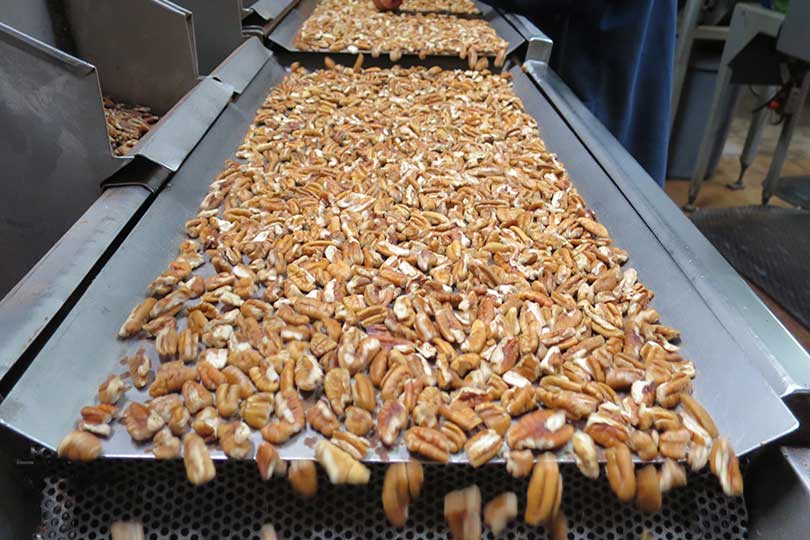Several factors—like the weather, pest and disease issues—have impacted 2016 Texas pecan production, according to Texas A&M AgriLife Extension horticulturist Dr. Larry Stein.
Stein expects a hit or miss year for growers.
Growers in the central and southeastern parts of the state were disappointed by the quality and quantity of their pecans.
“Orchards haven’t yielded as much as growers expected,” Stein told AgriLife Today. “It was a multitude of factors that reduced overall crop quality and yields.”
Pecan growers battled pests, such as the hickory shuckworms, walnut caterpillars, black aphids and fall webworms. These were some of the pests that contributed to poor quality and lower yields by ruining kernels or reducing leaf counts, according to Stein.
Pests were also able to thrive later into the season due to unusually warm temperatures.
Late season rains may have compounded disease issues like scab pressure in the spring, which might have weakened the shuck tissues. Cloud cover during August also likely prevented trees from manufacturing food to fill kernels.
Prices and demand remained strong for pecans and could help balance the low quality and quantity of orchards.
“We won’t know until they start harvesting, but it’s not looking outstanding,” Blair Krebs, Texas Pecan Growers Association associate director of sales and marketing, told AgriLife Today. “There’s a little less production. There were disease issues, and there was hail damage in some areas.”
Krebs agreed it was a mixed year for growers and some orchards’ trees presented good clusters of pecans that produced poor kernels or no kernels at all.
Stein said a benefit to the warmer weather this season could be that the pecan trees hold onto their leaves longer and it can help give next year’s crop a boost.


Our crop was decent in quality and large in quantity. Still I have about a ton of high quality processed halves and pieces that I would like to wholesale. We retail twice this many, but i have a need to try to move pecans after the holidays. Suggestions?
I may be interested in buy some if your price is affordable.